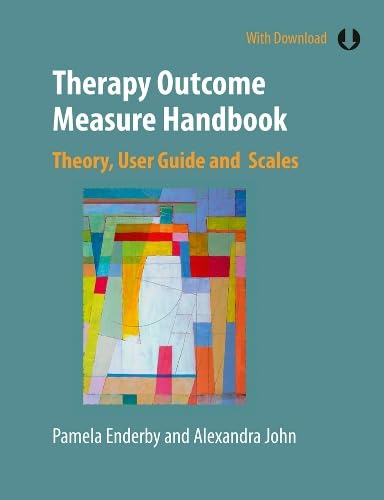Bridge Case Management in collaboration with Prof. Pamela Enderby (Sheffield University) has developed a bespoke outcome measure for case management, as an adapted scale of Prof. Enderby’s well established Therapy Outcome Measure (TOM). TOM is supported by over 40 years of research, validation and evidence, ensuring that CM-TOM is a rigorous and validated tool, with a strong research pedigree. CM-TOM is the only validated service outcome measure for case management.
We are extremely proud to announce that Bridge Case Management won the Rehabilitation Innovation Award 2025 at the CMS UK award ceremony on 19th September. The award is in recognition of the case management outcome measure CM TOM — founded by Emma McClean, Clinical Director and Sian Bailey, former Clinical Lead.
Please read below for more information about CM TOM and watch this space regarding CM TOM training.
Maintaining stability in rehabilitation is just as valuable as improvement. CM-TOMs shows both.
Prof. Pam Enderby
We can now match narrative outcomes with objective measures — helping funders, families and professionals alike.
Please fill out the form and one of our team will get back to you as soon as possible (Monday–Friday).
Call us at one of our offices to have a chat or arrange a meeting.
York Office
Regent House
11C Regent Street
Pocklington
York YO42 2QN
01759 372 222
Darlington Office
Office G:14, Business Central
2 Union Square
Central Park
Darlington DL1 1GL
Fill out the form below with your enquiry or request a call back from our team.
Please fill out the form and one of our team will get back to you as soon as possible (Monday–Friday).
Call our York office to have a chat or arrange a meeting.
York Office
Regent House, 11C Regent Street
Pocklington
York YO42 2QN
01759 372 222
Call our Darlington office to have a chat or arrange a meeting.
Darlington Office
Office G:14, Business Central
2 Union Square, Central Park
Darlington DL1 1GL